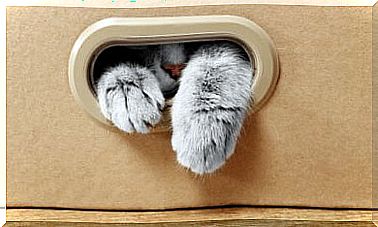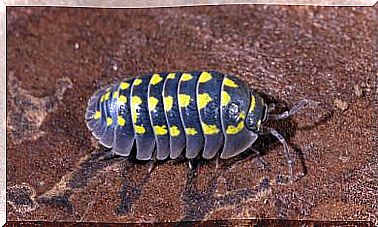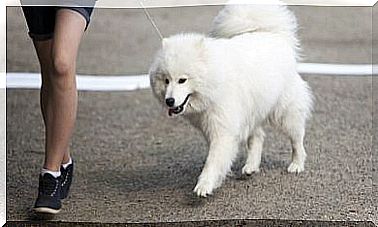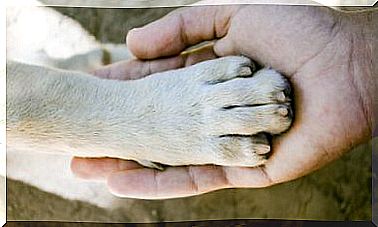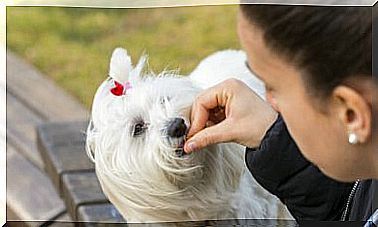Why Do Siberian Huskies Have Blue Eyes?
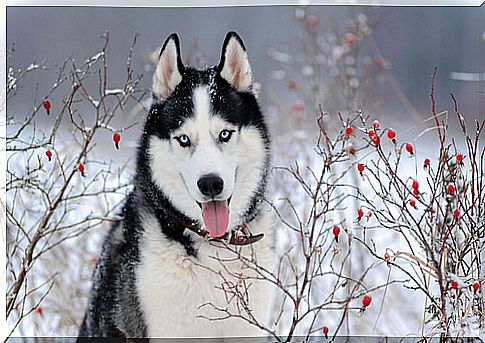
Siberian huskies are among the most easily identifiable breeds of dogs. That blue gaze, or eyes of a different color, usually attracts much more attention than the entire canine specimen itself.
But, do you want to know why these beautiful dogs have this type of color in their eyes? Recent research seems to have found that answer.
For many people that eye color evokes the cold lands of Siberia, and that blue gaze can freeze you and at the same time make you fall in love. However, their eye and coat color may change with age. The final shades are defined after the first six months of life.
Expressive and elegant eyes
This year the largest genetic comparison study in canines was carried out to date. The scientists did DNA tests to explore, among other variations, the eye and coat color of Siberian huskies. The researchers found a genetic modification that could be the cause of these dogs’ eye tone.
The research was carried out on a population of 6,000 specimens of this breed. The owners of these dogs had purchased DNA testing kits to identify or confirm the purity of the breed and explore potential health risks for their four-legged friends.
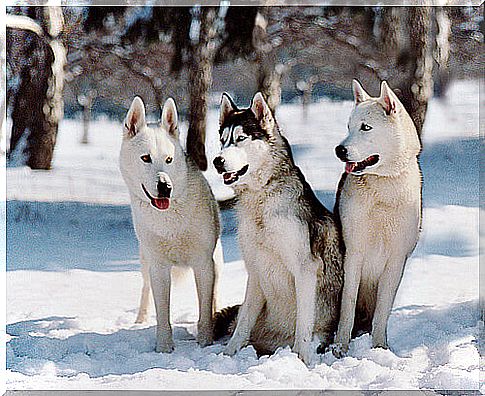
The success of this study came about thanks to the ability for scientists to access a large amount of data provided through test equipment.
The information was obtained through an online survey conducted with the owners of these pets, who voluntarily shared the requested data. They also offered photographs of their quadruped friends that served to complete the investigators’ registry.
What is this eye color in Siberian huskies?
Analysis of the information collected revealed that a mutation in canine chromosome 18 is strongly associated with the blue color of the eyes of these huskies. This genetic change appears near the ALX4 gene, which is related to ocular development in mammals.
There are several breeds of dogs that feature blue eyes including Australian Shepherds and Border Collies. However, in these breeds blue eyes are inherited as a recessive trait. This means that it takes two mutated copies of the gene for the color blue to occur.
This genetic variation occurs in humans in the HERC2 and OCA2 genes of the genome, resulting in blue eyes. Mutation in the Siberian husky gene results in decreased pigment production in the eye. This reduction in pigment makes the eye look blue.
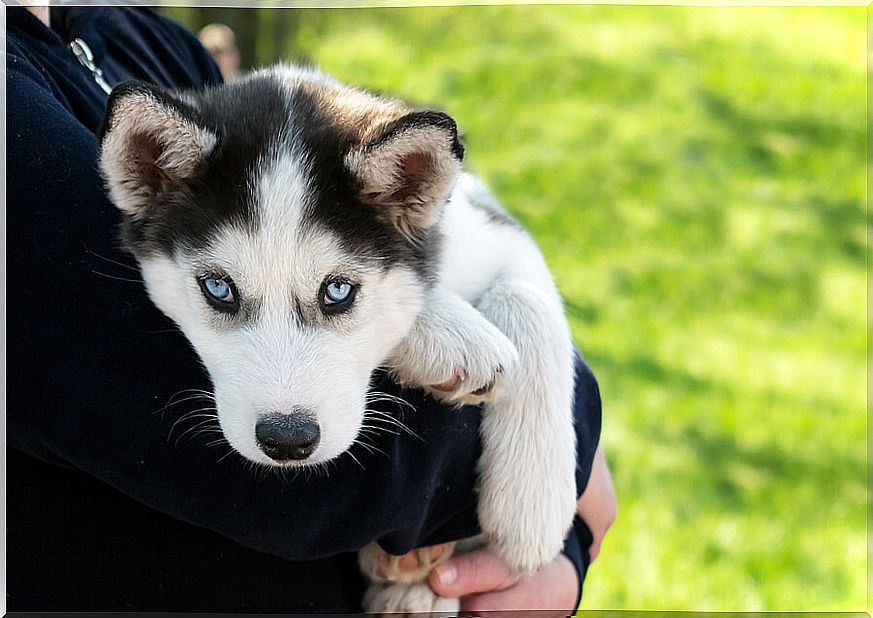
According to experts, there is no blue pigment: it is the way light enters and leaves the eyeball. This creates the appearance of blue, just as the sky looks blue, but outer space is not.
Massive support
One of the most striking issues in this research was the large amount of information available to the experts. In previous years they worked exploring neurological diseases in German Shepherds.
That study became an absolute challenge to be able to obtain the DNA of 40 specimens of that breed, since they had to travel a few kilometers with materials and equipment to take the samples.
The volunteer participants in this study took the samples from their pets and mailed them to a collection center. They then filled out an online form with details of their dogs’ traits. This dynamic lays the foundation for a new way of doing genetics in the 21st century.
The owners of the Siberian huskies studied were pleased to support the study. Likewise, contributing to science is something that is not commonly available to the common citizen, which makes this type of participation more special.
This kind of collaboration inspires researchers, who have decided to continue studying the canine genome. Projects are already being created to learn more about the morphological characteristics of Siberian huskies, as well as other studies related to the health of these beautiful dogs.
